“The faces of Palmira” of the Terra Sancta Museum travelling toward Aquileia: An exhibition about the dialogue between cultures.”
The Terra Sancta Museum, among the precious archeological findings that the Franciscans preserve in their great collection, which is the result of many excavations and many acquisitions, preserved some precious bust, mosaics and amulets, dated between the I-III century d.C., coming from the ancient city of Palmira.
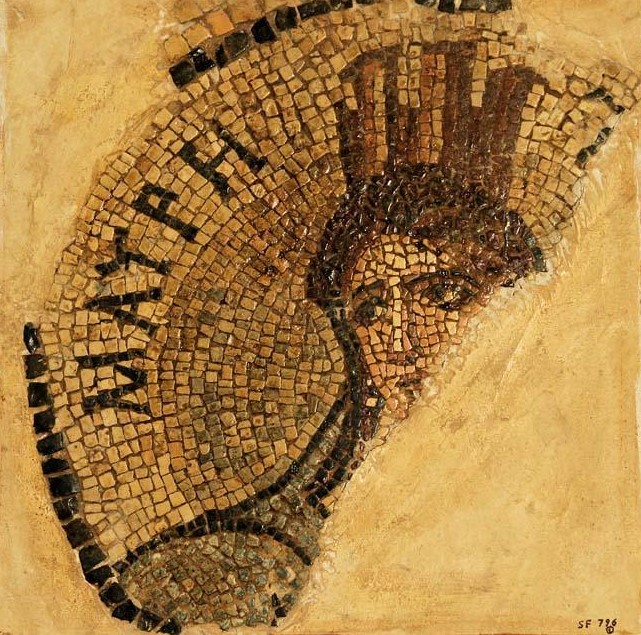
The Terra Sancta Museum lent some of the findings, which are right now travelling towards the High Adriatic city, in occasion of the exhibition “Faces of Palmira in Aquileia”, which will be held from the first of July to the first of October 2017 at the Archeological National Museum of Aquileia, organized by the Friuli Venezia Giulia museum polo and the Aquileia foundation.
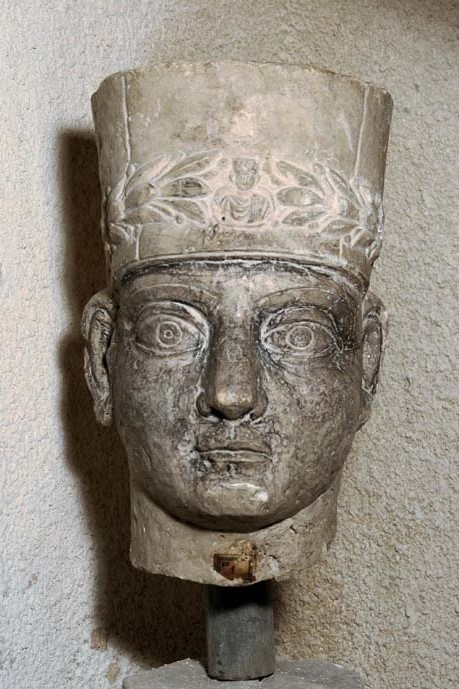
The exhibition will be part of the exhibition cycle called “Wounded Archeology”, which since the 2015 was already protagonist of a great successful series of events, as a result of the collaboration between the Bardo National Museum and the National Museum of Iran; it aims to celebrate Palmira as the symbol of resistance against the attacks directed to the cultural heritage all around the world.
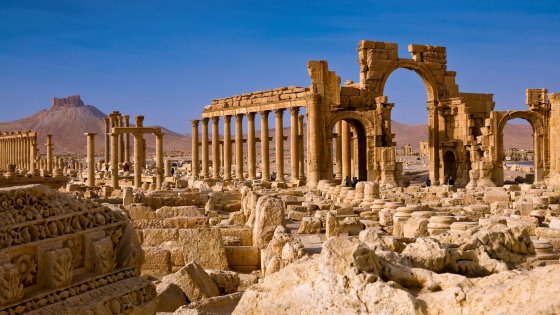
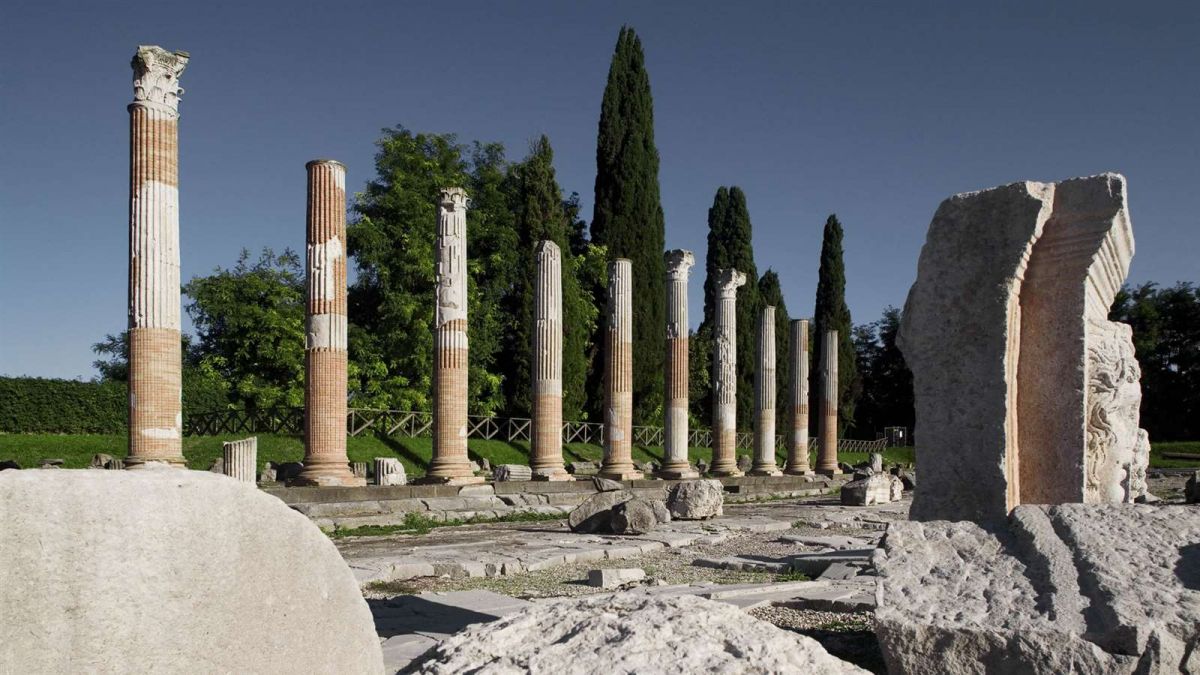
The exposition will stress dialogue between different cultures and between the many artistic-cultural expressions coming from the roman world; in fact it will put together the Palmira funerary reliefs with the Aquileia’s one, since they are similar for their function, their use and their way of expressions. These portraits, as the exhibition curator wrote, share with the romans one shapes and ways of self-representation of death, and they also are a precious source for the reconstruction of these two metropolis society. Both the two cities for many centuries were multicultural and Multilanguage center; since one was a caravan center at the border between the Roman-Greek West and the Persian East, while the other raised exactly in the meeting point of the main Mediterranean and European routes; in which was developed a figurative language as a result of the provision of different tradition.
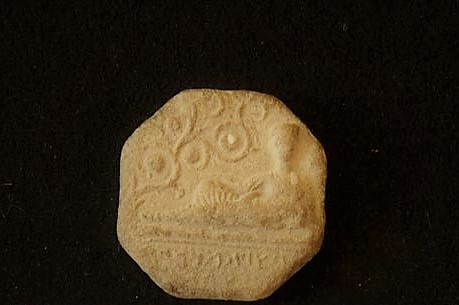
The Terra Sancta Museum, as a co-producer of this initiative, according to the Franciscans spirit which characterizes it, is honored and happy to participate in this dialogue of peace through the highest way of exchange between people: Art.
Corrado Scardigno



